If you’re starting out on your gardening journey, first we’d like to say, “Welcome!”
We hope you find a lot of fulfillment and a community of support from your fellow gardeners as you start raising your own pants and spending time with a hobby that so many people love all over the world.
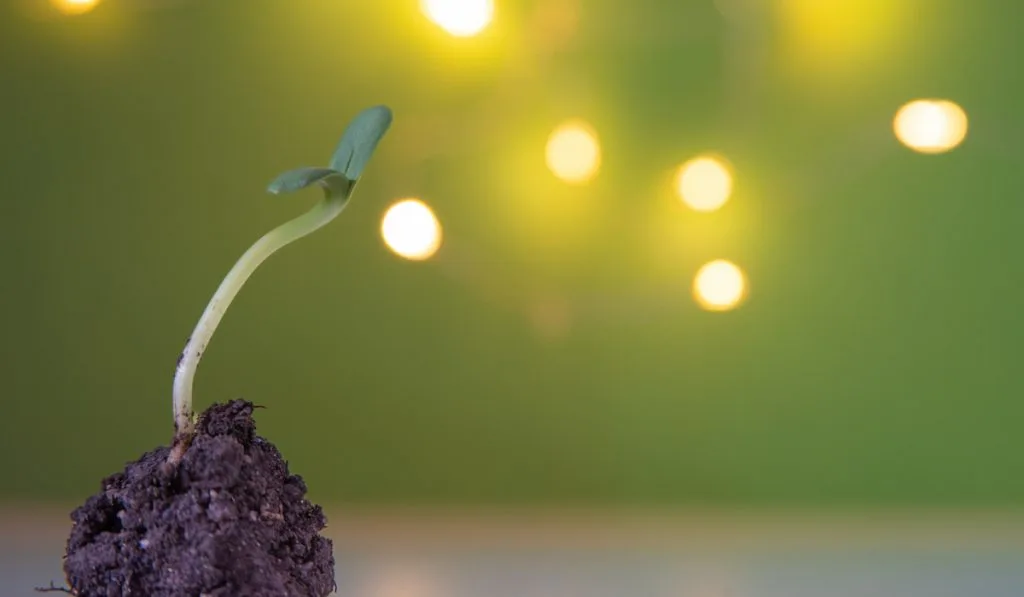
One of the biggest challenges to new gardeners is failing to get your plants from seeds to sprouts, and into the full-grown healthy phase where they blossom and provide the fruits, vegetables, or flowers we all dream about.
Of course, you can go to the store and buy a seedling or a fully-grown tomato plant, but there’s nothing quite like seeing something grow from a tiny seed into something you can harvest for a salad.
Thankfully, we can lean on the experience of seasoned experts and now know that cucumbers, lettuce, pumpkins, beans, and other plants are among the easiest to grow from seeds.
Part of the fun of gardening is finding plants that you can grow from seed that are fun at the same time. There has to be a decent payoff, and then you’ll be hooked for life.
We’ve put together a list of 17 fun plants to grow from seed that will hopefully give you the best odds of success and make all of those hours in your garden worth all the time and effort.
Here are 17 plants you should try to grow from seed.
Tomatoes
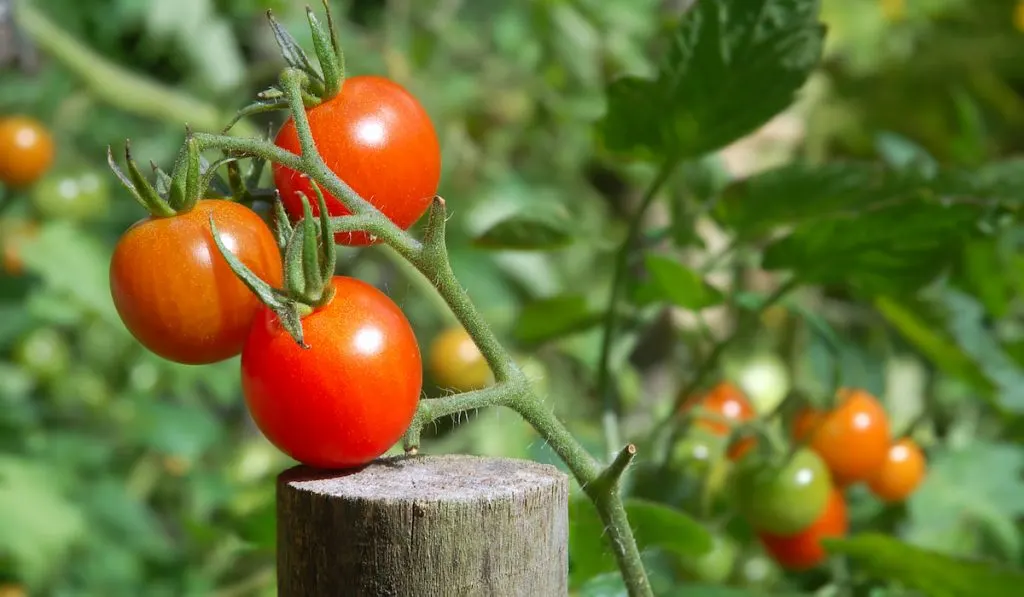
Chances are, you walk into any garden and you’re going to find tomato plants.
Tomatoes are incredibly resilient and, with the right care, will yield a healthy crop of juicy tomatoes that go great on sandwiches, in a salad, or you can gift a bowl of ripe tomatoes to friends and neighbors. With a bit of pruning and watering, they don’t take too much work.
You can buy premade lattices at gardening stores or your local hardware store, and the plant will do most of the work for you. You’ll have to keep watch for animals trying to get your tomatoes, but for the most part, these are excellent beginner plants that are a lot of fun to grow.
Beans
If you ask gardeners what the easiest vegetable to grow is, they will probably tell you to start with beans.
Pole beans and bush beans are some of the easiest plants to grow from seed. You can even see decent success growing them indoors if you live in an apartment or somewhere without a yard.
Plenty of bean gardens exist on patios and balconies across America. You can start growing them in a cup or a small pot and watch them shoot up in just a matter of days or weeks. Most of the time, beans give people a good boost of confidence to keep trying different plants from seed.
Carrots
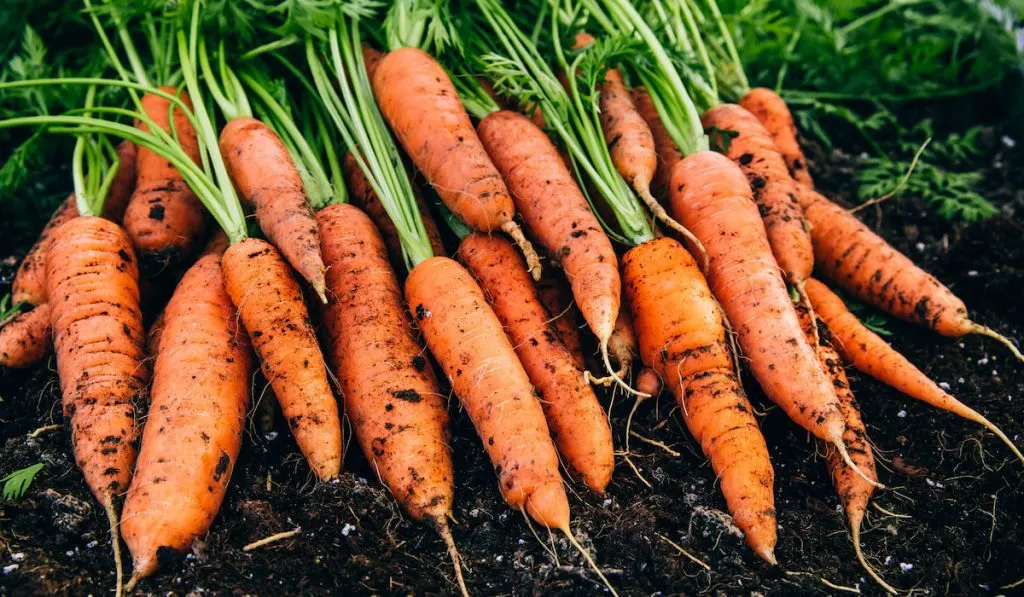
If you are interested in growing some root vegetables, carrots are a great crop to grow from seed. The good thing about carrots is that they come in a lot of different varieties that are suitable for gardens of various sizes and taste preferences.
If you like baby carrots, you can grow those, or you can grow something more traditional. They’re also colorful, so you’ll get that awesome feeling of excitement when you see that first tinge of orange start to peek out from under the soil.
Lettuce
There are a lot of different types of lettuce, but the positive news is that most of them are easy to grow from seed. Leafy greens make any garden look full and deliver the satisfaction beginner gardeners need to feel proud of all their work.
What’s more, you can walk through your garden grabbing the lettuce you need to go on top of a burger or into a salad, and no food tastes as good as the food you’ve grown yourself.
You can grow iceberg lettuce, rocket, romance, and other varieties depending on what you like to eat.
Herbs
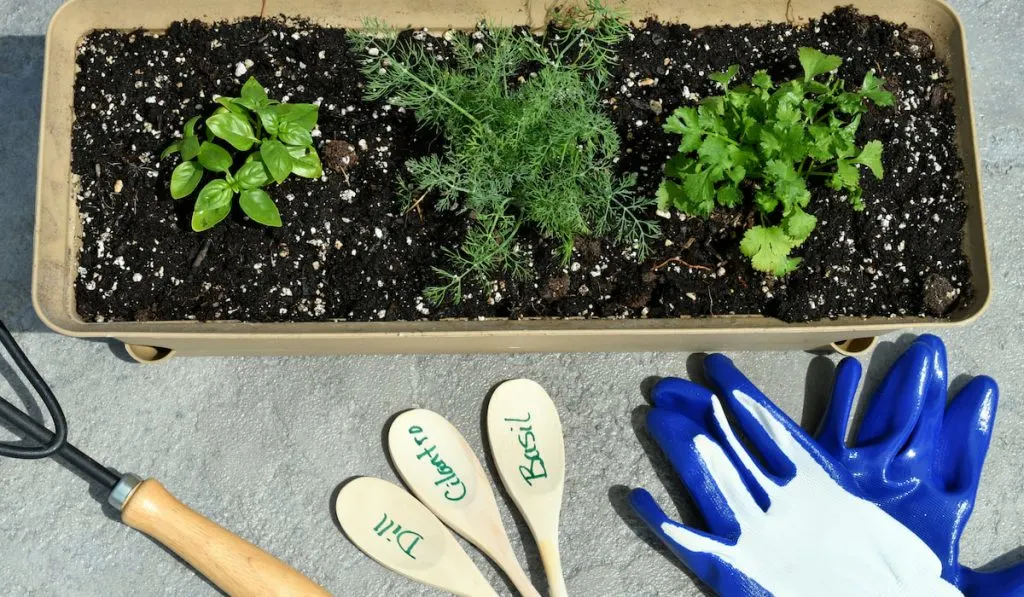
Herbs are fantastic plants to grow from seeds because you don’t need that much space to make it happen.
Depending on how much basil, thyme, or rosemary you need, all of your herbs can grow in a pot on a kitchen counter or in your garden next to your other vegetables.
If you’re growing herbs and other vegetables in a big backyard, you may want to think about finding a place for your herbs that is closer to the kitchen door. That way you can hop outside and snip some basil when you’re making pasta without having to go too far.
Growing your own herb garden is much better than using the dry stuff on spice racks, and the fresh herbs you buy at grocery stores only last a few days in the fridge.
Squash
Squash, like lettuce, comes in many different forms. For most beginner gardeners, growing squash from seed means you’ll be planting the basic yellow squash that resembles zucchini.
These are often palm-sized when they’re ready to eat and taste amazing in a stir fry or a pasta sauce.
If you want to get really fancy, you can harvest the squash blossoms and fill them with ricotta cheese or wrap them in something like parma ham.
Sunflowers
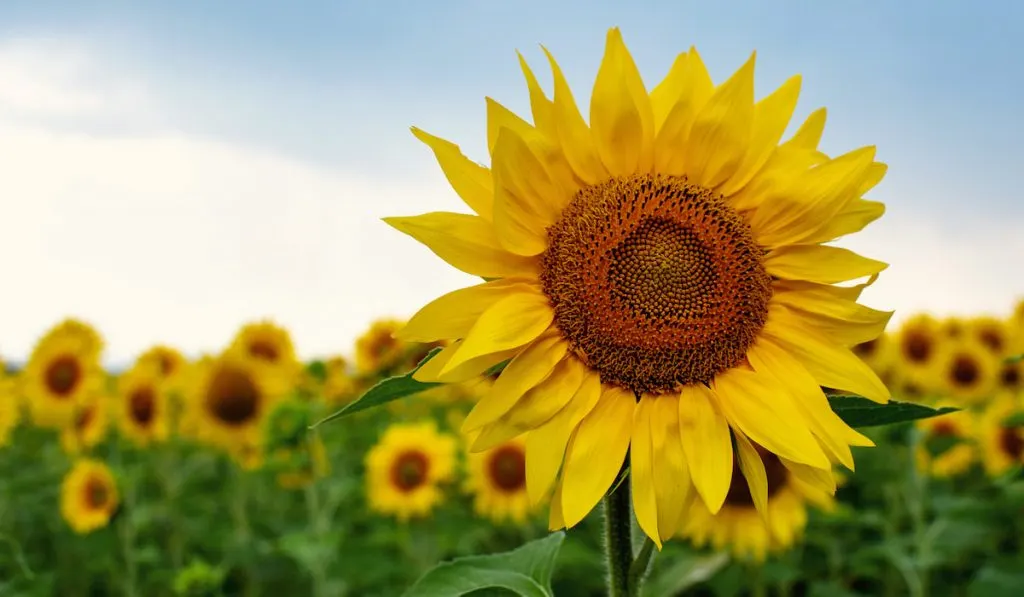
If you’ve got the space, sunflowers are among the easiest flowers to plant from seed.
These are annual flowers, so you’re going to need some patience waiting for them to blossom every summer, but when they do, they deliver a beautiful brightness to your garden and seeds you can use to make a healthy, delicious snack.
These flowers don’t like to be moved, so you should do some planning before you put seeds into the soil.
They also grow very tall, so make sure you know where you want to put them. Don’t put them in front of a window you love because they could end up blocking your view.
Marigolds
Marigolds grow very well from seeds, and gardeners of all experience levels love having them in the yard. They come in different colors and heights, so you can customize your marigold plants to fit in specific places in a flower bed or along a driveway.
Yellow marigolds are usually the most popular, but now there are a variety of marigold seeds in every nursery near you.
Peas
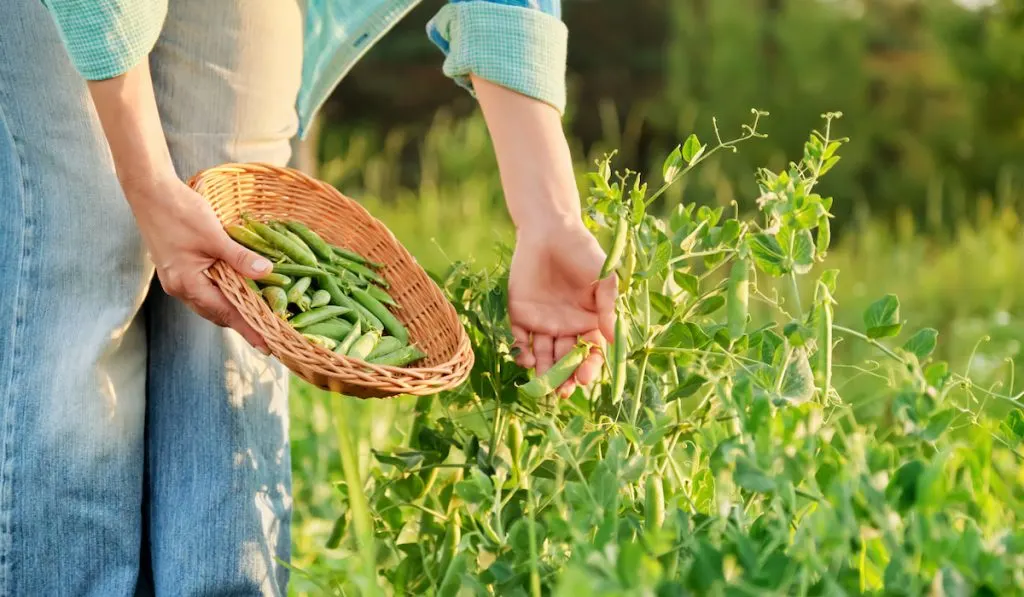
Peas get mixed reviews as far as eating them goes. However, even the most ardent pea-hater will change their mind when they pluck a fresh snap pea from the garden and eat it fresh off the vine.
People love planting pea seeds because they grow quickly and you can plant them early in the spring, giving you plenty of crops throughout the hotter months of the year.
You can either snack on the snap peas whole, or break the individual peas out to serve with a steak or sprinkle into a salad.
Radish
If you’re planting carrots from seed, you may want to consider mixing in some radishes as well. These are natural companions to carrots.
They sprout quickly, and they push through the soil to create ideal conditions for carrots that typically sprout a little slower.
Once you start pulling the radishes to eat, the carrots will naturally fill in the space to help you optimize your garden. Radishes go well into salads or grilled depending on what type of radish you planted.
Beets
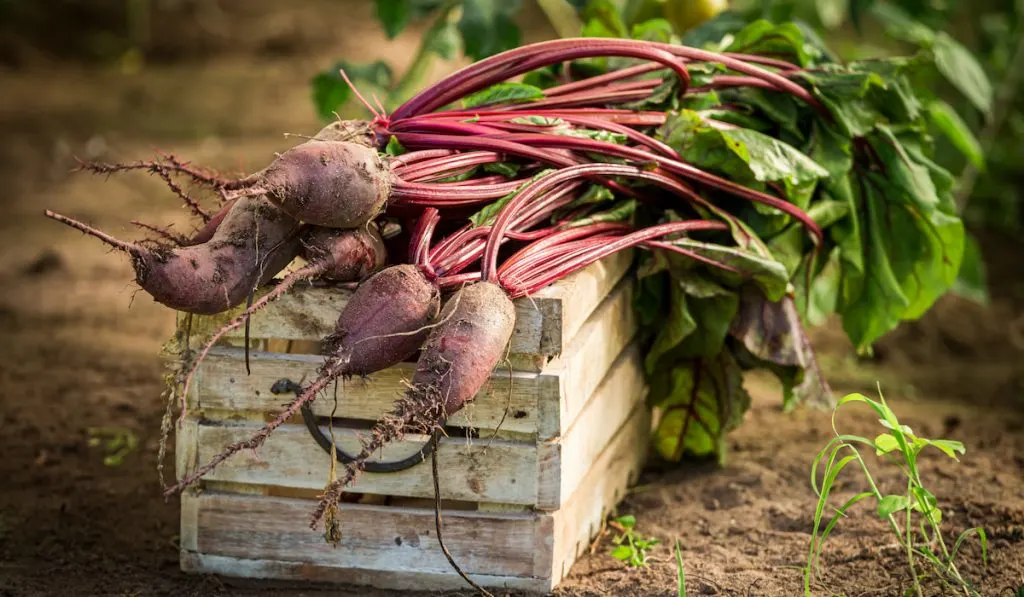
Not everyone loves beets, but these iron-rich plants taste incredible in a salad with a bit of feta cheese and some vinaigrette.
Beet seeds are a bit interesting; each capsule houses two or three seeds, so you’re going to thin the seedlings out once they start to sprout.
All you have to do is plant them a couple of inches deep a few inches apart and give them plenty of water.
Zinnia
Zinnias are a quintessential summer flower that belongs in any garden. They grow well from seeds in most places, but they don’t love the cold.
If you want them to be around all summer, then you may want to consider starting them off in the house for several weeks before you transition them outdoors.
They come in different varieties with different colors, so a mix of zinnias looks terrific wherever you plant them.
Okra
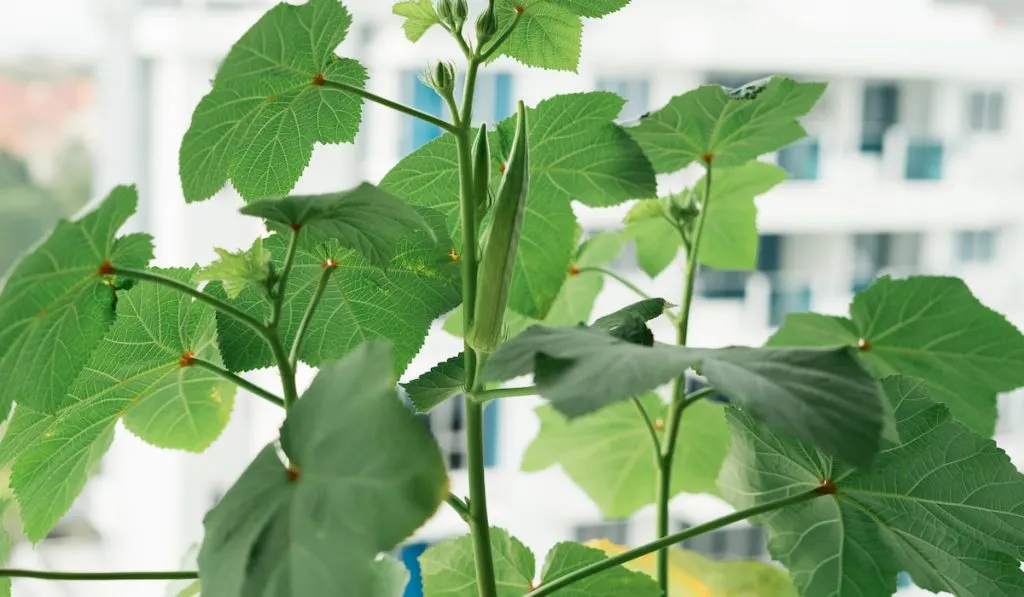
Okra is a fun plant to work with because they have beautiful flowers that blossom on the plants in addition to being a delicious vegetable we don’t see all that often.
If you’ve been to the South, though, you know that okra goes great in a gumbo or fried and dipped in a cool sauce.
Again, you will need to plant the seeds about a month before you plan on moving them into your garden to make sure they’re strong enough to survive.
Eggplant
This is another beginner-friendly vegetable to grow from seed, and they look great because of their coloring and often impressive size. You’ll be surprised at how quickly you’ll see large purple eggplants populating your garden.
Eggplant grows well in containers or on top of the ground, and you should plan for about 10 weeks until you can harvest them for cooking. Start in the late spring and you should be munching on eggplant parmesan by mid-summer!
Peppers
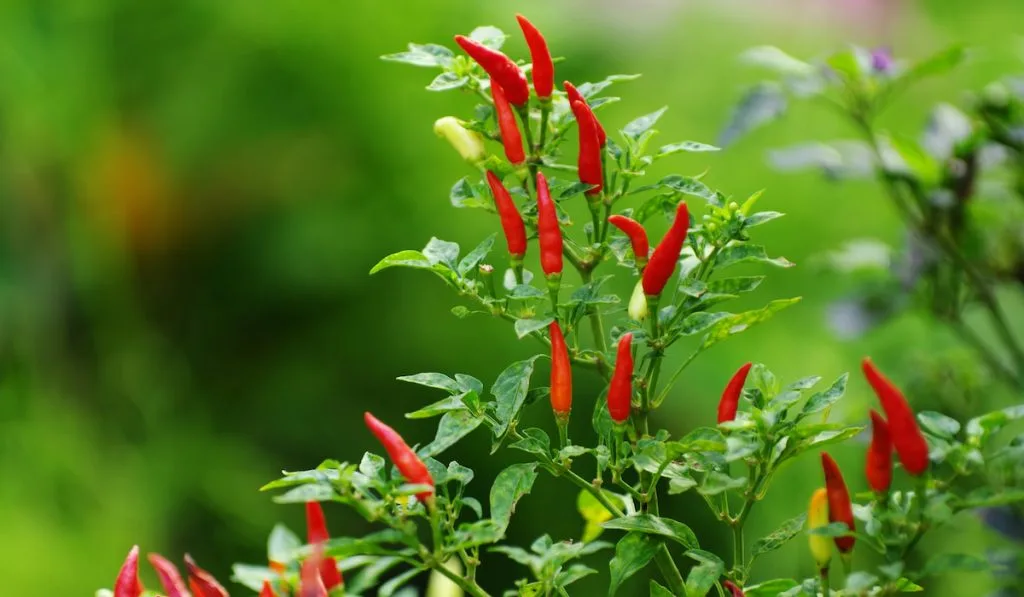
Peppers are another terrific plant to grow from seed. You can start them indoors if you like, but once you have the plant big enough, it’s going to do the rest of the work for you.
Sweet bell peppers are an excellent choice to start with because they add some great color “pop” to your garden.
You can wait until they turn red or bright yellow before you pluck them, or you can grab them a bit early when they’re a rich green and smoke them or make some fun sauces with them.
Jalapenos
Spicy peppers are a beginner’s favorite. These peppers grow in small containers from seed with water and a window, or they’ll quickly become a thriving part of your outdoor garden.
A lot of gardeners love growing peppers because they sprout quickly and go well in sauces, on pizza, and other foods.
They’re also colorful, so they’re a lot of fun to have in a garden. You can slice them up as a topping or toss them into the blender with some olive oil, garlic, salt, and other ingredients for salsa or some other type of sauce.
Kale
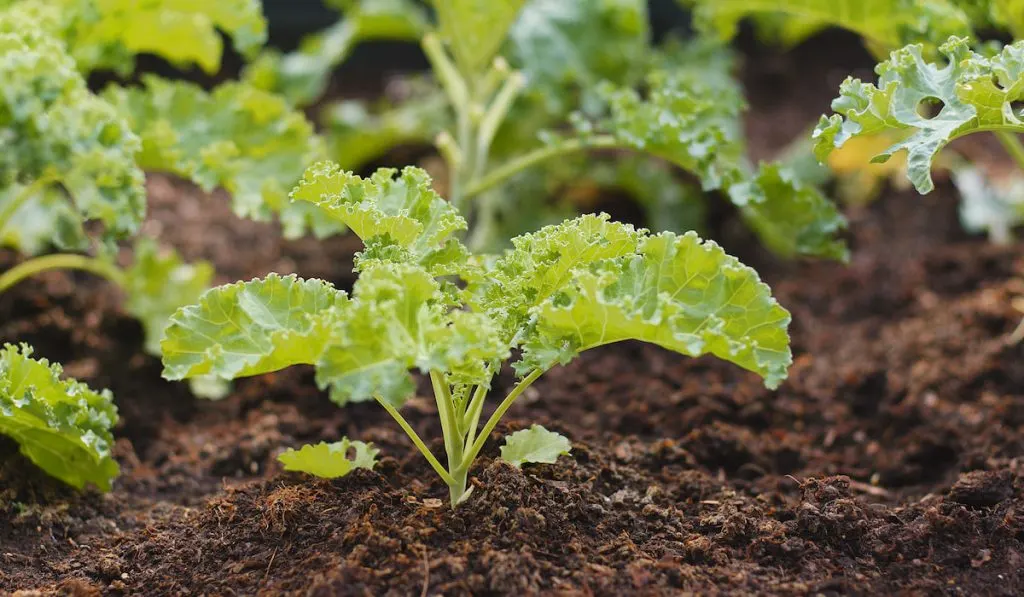
We’ve already given you several fun plants you can grow from seed that you can start in late spring or early summer. Kale is a great plant to have in your garden because it can be harvested through the summer and into the fall.
It does very well as temperatures start to cool, and you get a nice, hearty plant to use in salads and smoothies. Not everyone loves kale, but again, you’ll be surprised at how much better things taste when you’ve grown them yourself.
These plants need some time to sprout, so they’re going to require a bit of extra care at the start.
A lot of beginners start them off inside or in a container and transition them to the garden once they are a bit more stable.
These 17 fun plants to grow from seed are a great way to mix things up in the garden if you’re an experienced gardener with years under your belt. There are also several plants on this list that are a good place for any beginner to start.
If you’re starting out, choose the plants that you think will be the most rewarding and go from there.
Once you start seeing some positive results in your garden, you can expand your repertoire and add more interesting or complex seeds into the mix. You’ll love seeing nature work right in your own yard or planter pot.
Many gardeners can still remember the first time they successfully grew a plant from seed, and credit it with keeping them addicted for so many years!
